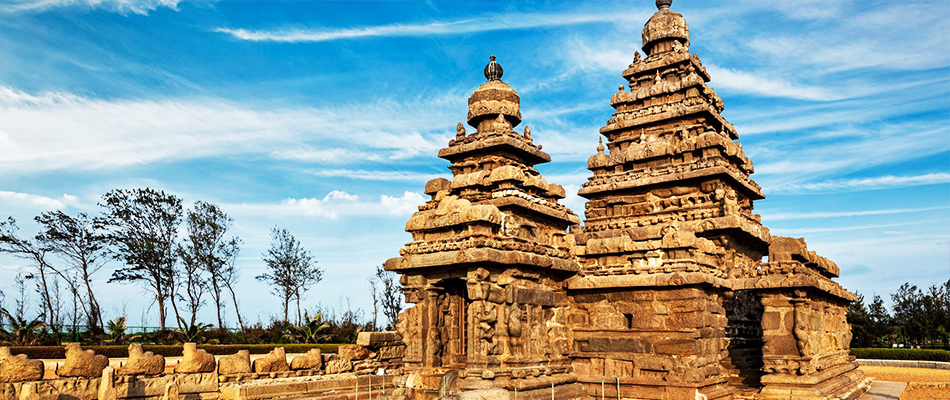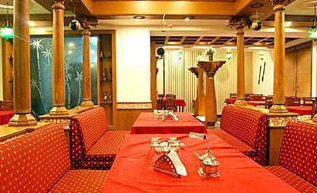
PLACE DETAILS
ABOUT mahabalipuram
-
- Historical Place Name :
- Mamallapuram
-
- Main God Name :
- Vishnu
-
- Base Station :
- Chengalpattu
-
- Travel Duration From Base Station :
- 41 Minutes
-
- State :
- TamilNadu
Other Options
-
- Book Tour
-
- Book Hotels
-
- Book Travels
-
- Visit Other Places
-
- Visit Top 10 Places
History Overview
Neolithic burial urn, cairn circles and jars with burials dating to the 1st century BCE have been discovered near Mamallapuram. The Sangam age poem Perumpāṇāṟṟuppaṭai relates the rule of King Thondaiman Ilam Thiraiyar at Kanchipuram of the Tondai Nadu port Nirppeyyaru which scholars identify with the present-day Mamallapuram. Chinese coins and Roman coins of Theodosius I in the 4th century CE have been found at Mamallapuram revealing the port as an active hub of global trade in the late classical period. Two Pallava coins bearing legends read as Srihari and Srinidhi have been found at Mamallapuram. The Pallava kings ruled Mamallapuram from Kanchipuram; the capital of the Pallava dynasty from the 3rd century to 9th century CE, and used the port to launch trade and diplomatic missions to Sri Lanka and Southeast Asia.
An 8th-century Tamil text written by Thirumangai Alvar described this place as Sea Mountain ‘where the ships rode at anchor bent to the point of breaking laden as they were with wealth, big trunked elephants and gems of nine varieties in heaps’.
The temples of Mamallapuram, portraying events described in the Mahabharata, were built largely during the reigns of King Narasimhavarman and his successor Rajasimhavarman and show the movement from rock-cut architecture to structural building. The city of Mamallapuram was founded by the Pallava king Narasimhavarman I in the 7th century AD.[5] The mandapa or pavilions and the rathas or shrines shaped as temple chariots are hewn from the granite rock face, while the famed Shore Temple, erected half a century later, is built from dressed stone. What makes Mamallapuram so culturally resonant are the influences it absorbs and disseminates. The Shore Temple includes many reliefs, including one 100 ft. long and 45 ft. high, carved out of granite
Location
Nearest Hotels with Tariff
Filter By
Your budget
Hotel List

Hotel Palace
Peters Road, Thanjavur
Facilities

Hotel Palace
Peters Road, Thanjavur
Facilities

Hotel Palace
Peters Road, Thanjavur
Facilities

Hotel Palace
Peters Road, Thanjavur
Facilities

Hotel Palace
Peters Road, Thanjavur
Facilities

Hotel Palace
Peters Road, Thanjavur
Facilities

Hotel Palace
Peters Road, Thanjavur
Facilities

Hotel Palace
Peters Road, Thanjavur
Facilities

Hotel Palace
Peters Road, Thanjavur
 Login/Sign Up
Login/Sign Up 















